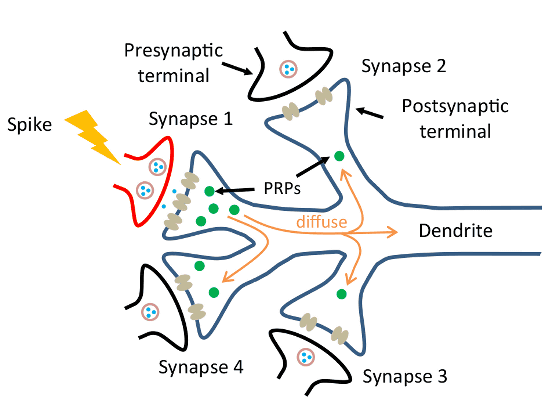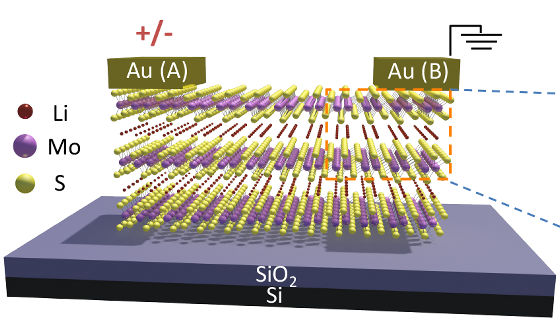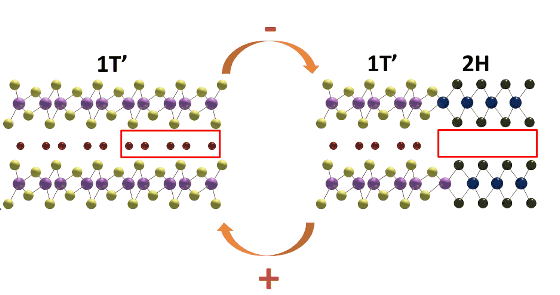Research is being carried out to reproduce the mechanism by which neurons transmit information by hardware rather than soft itself

Computing that processes information in parallel by mimicking the structure of the human brain is being explored. American researchers succeeded in generating compounds incorporating mechanisms that mimic the workings of neurons in hardware itself rather than processing by conventional software.
Ionic modulation and ionic coupling effects in MoS 2 devices for neuromorphic computing | Nature Materials
https://www.nature.com/articles/s41563-018-0248-5
Toward brain-like computing: New memristor better mimics synapses | University of Michigan News
https://news.umich.edu/toward-brain-like-computing-new-memristor-better-mimics-synapses/
It is because humans can remember things and improve their skills through training because the brain is flexible. This brain's flexibility (plasticity) is thought to be because neurons (neurons) can exchange signals with each other and transmit information. Specifically, the part where signals are exchanged between neurons is called a synapse, and information is transmitted by activating the generation of PRP, which is a neurotransmitter, by helping the growth of synapses.
Neurologists have thought that different roles of "competition" and "cooperation" are important between synapses. When PRP is released at one synapse, other synapses also grow (cooperative mode). Conversely, if PRP is insufficient, one synapse weakens the link (sacrifice) by sacrificing the other synapse and prevents the signal from spiking. By such two different roles, the brain is processing information.

Attempts to imitate such a human brain structure are actively being developed as "Brain Computing" and "Neuromorphic Computing". Meanwhile, Dr. Wei Lu's research team at the University of Michigan developed a hardware "Memristor" that imitated signal transmission by synapses of the brain by generating a molybdenum disulfide layer on silicon and adding lithium ions Succeeded.

Memristor found that when lithium ions were sufficiently present, molybdenum sulfide changed lattice structure and electrons could pass through the film as if it were a metal. On the contrary, if lithium ions are insufficient, molybdenum sulfide will have a lattice structure and will have semiconductive properties and will not be able to pass electrons. That is, lithium ions are responsible for PRP, which plays a role in mediating synaptic signal transduction, so that Memristor imitates brain neurons.

In general Brain Computing it reproduces the activity of neurons on software, whereas Memristor said that it is revolutionary that synapses can be reproduced by the terminal itself without requiring software or complicated circuits Thing. Dr. Lou's research team is working on creating terminals to simulate cooperative growth between synapses by connecting gold (Au) signaling neurons and round electrodes like neurons that receive signals I am successful.

Dr. Lou's research team seems to develop hardware like Memristor to explore the possibility of Neuromorphic Computing that imitates the brain's circuit, aiming at realization of "memory-preserving network".
Related Posts:
in Science, Posted by darkhorse_log







